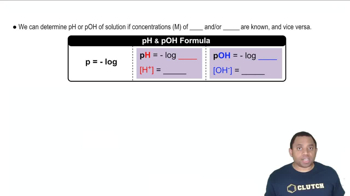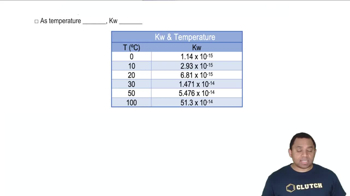Textbook Question
Calculate ∆Stotal, and determine whether the reaction is spon-taneous or nonspontaneous under standard-state conditions. (a) -429 J/K; nonspontaneous (b) -123 J/K; spontaneous (c) +3,530 J/K; nonspontaneous (d) +184 J/K; nonspontaneous




